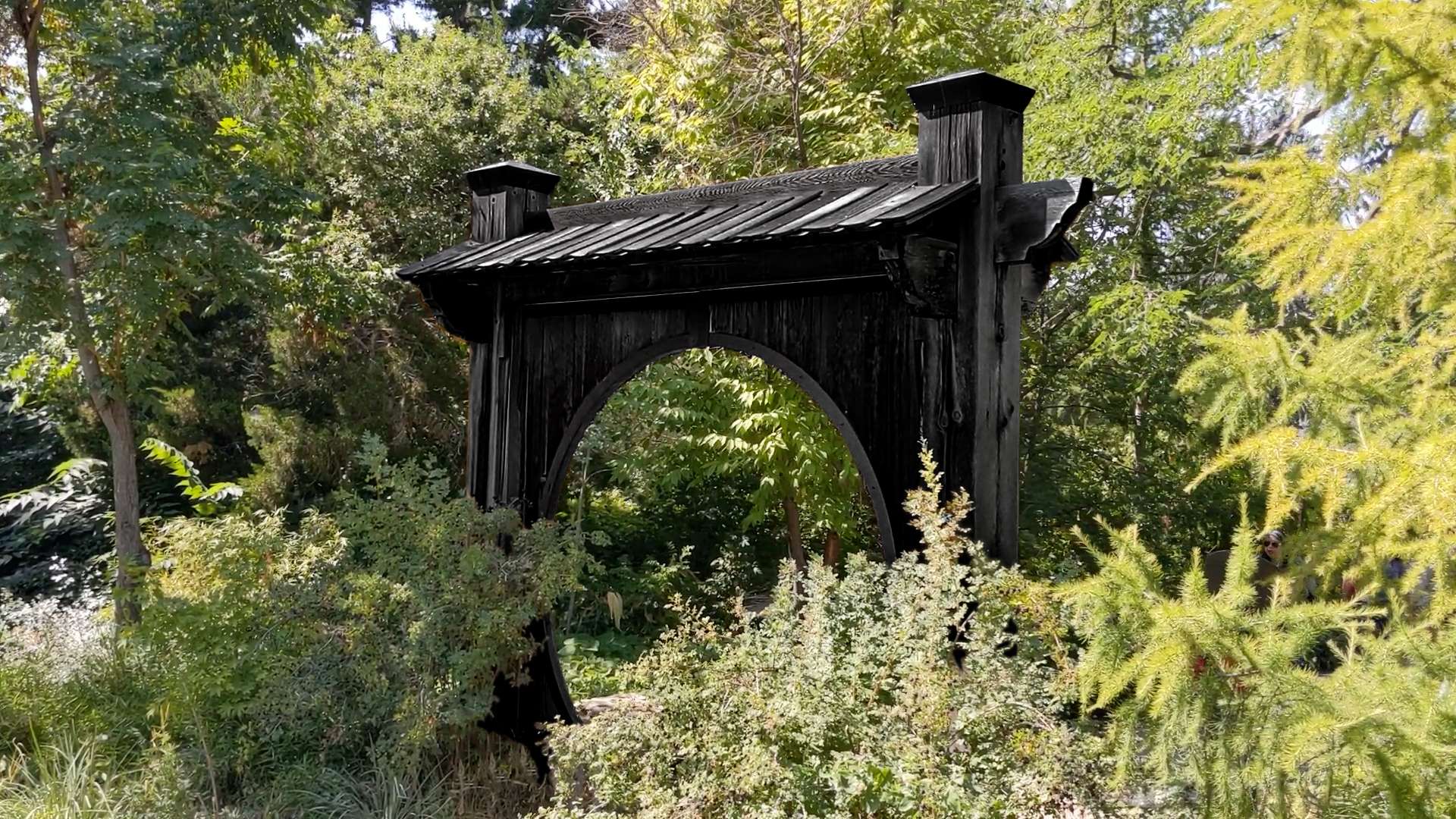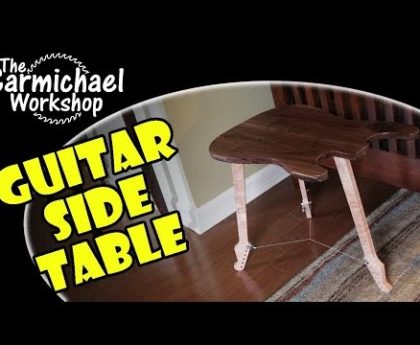A Guide to Mastering the Art of Japanese Wood Buring
Shou Sugi Ban, also known as yakisugi, is a traditional Japanese technique of preserving and finishing wood by charring its surface. This method has been used for centuries in Japan and is becoming increasingly popular in other parts of the world for its aesthetic appeal and practical benefits.
The charring process creates a protective layer on the wood’s surface, making it more resistant to moisture, insects, rot, and other environmental hazards and increasing its lifespan.
The charred wood has a distinct and unique appearance, ranging from a deep black to various shades depending on the level of charring and finishing, often creating a striking visual effect that many people find attractive. The Shou Sugi Ban finish is low maintenance compared to other wood finishes. The charred layer naturally protects the burnt wood, reducing the need for frequent re-finishing or painting.
The History of Shou Sugi Ban
Shou Sugi Ban, in Japanese, translates to “Charred cedar board.” This technique has a long history in Japan, dating back several centuries to enhance the durability and longevity of wooden structures. It was initially developed to protect wooden buildings from weather, insects, and rot. It was particularly important in Japan, where wood is exposed to harsh elements, such as buildings along the coast. The salt spray from the ocean can be harsh and deteriorate unprotected wood quickly.
It holds cultural significance in Japan, reflecting the ingenuity of traditional Japanese craftsmanship and their respect for nature and natural materials as it provides a natural way to preserve the wood and give it a distinctive appearance.
Shou Sugi Ban has been used on various types of wooden structures, including houses, fences, temples, and, more recently, as it has grown popular in Western culture, on furniture. Many designers and architects have embraced the technique for its distinctive look and natural wood preservation properties.
What Type of Wood Do You Need for Shou Sugi Ban?
Shou Sugi Ban, or yakisugi, is traditionally done with Japanese Red Cedar, known as “sugi” in Japanese. Cedar is preferred because it chars well, is naturally resistant to rot and insects, and has a straight grain that makes it easy to work with. The use of cedar also aligns with the traditional roots of the technique.
In addition to cedar, other types of wood can be used for Shou Sugi Ban, depending on the desired results. Some options include:
Cypress: Like cedar, cypress is naturally resistant to decay and insects and has a similar grain structure to cedar, making it a good alternative for Shou Sugi Ban.
Pine: Pine is another option, though it may not be as durable as cedar or cypress. It can still produce good results when carefully charred. People have also wire-brushed pine heavily after charing. This reveals un-burnt wood that is then dyed with bright colors, such as red, greens, and blue, to achieve a brilliant pop of color.
Douglas Fir: This wood type can also be used for Shou Sugi Ban, offering durability and a different aesthetic.

White Oak: White oak is a popular choice for furniture, as it is less prone to warping due to the high heat backing out the moisture from the wood. However, you will warp the wood if you are not strategic with your flame.
When selecting wood for Shou Sugi Ban, it’s important to choose types with straight grain, free from knots or other imperfections, and naturally resist decay and insects. These qualities ensure that the charring process is effective and that the wood will maintain its integrity over time.

What Is the Shou Sugi Ban Process?
- Preparation: Be sure the wood is clean and free of dirt or debris. When applying the flame, warping is to be expected. However, choosing wood that has been dried to a low moisture content will resist warping.
- Charring: A propane torch is a preferred method of applying the flame. It is important to keep the flame moving and not stay in one spot too long. You don’t want to go too deep too fast or risk severely warping the board or burning it so severely that it loses its integrity. So keep the flame moving and work slowly. It is also a good idea to char both sides of the board. Burning both sides will help keep the board stable, resisting warping, and protect both sides from insects and moisture.
- Wire brushing: Wire brush the wood as desired. At a minimum, you will want to brush off any loose material, as these pieces will flake off, creating an undesirable mess. If you want an alligator skin texture, keep this brushing to a minimum. If you’re going to expose some areas of new wood and then add a dye, you will want to get more aggressive with this step. You might find getting a wire brush powered by a drill or other grinding device helpful to speed up the process and create a uniform brush pattern.
- Keep an eye on it: Embers from the charring process can smolder for hours, so don’t leave it unattended until you are sure the risk of fire has passed. You can wet the wood down and let it dry completely before applying a finish and using it in a project.


What Finish Should I Use Over Shou Sugi Ban?
Traditionally, natural non-drying oils, such as pure tung oil, have been used in Shou Sugi Ban to enhance its beauty and longevity. This oil soaks into the charred wood, helping to preserve it. Additionally, you can buff on waxes such as beeswax or carnauba wax to add additional protection and a matte finish.
As mentioned above, before adding any top coat sealers or oil, if you want to add a pop of color to your Shou Sugi Ban, now would be the time to do it. Any stain or dye will highlight the raw, unburnt portions of the wood. Before trying it on your project wood, I advise testing your stain application techniques and how vigorously you wire brush on a scrap piece to ensure you like the results you are getting.
For furniture where you don’t want oil or char rubbing off on your clothes, you should finish your project with a film type of finish. Good options are a shellac to help seal in the char and top coated with a urethane finish. Because of the open pours of the charring process, it may be necessary to do several coats of finish to be sure everything is sealed in. Nothing would be worse than sitting down on your new Shou Sugi Ban finished chair with white pants and having them turn black with char.


The Stave Ice Bucket is an example of applying a light Shou Sugi Ban Finish. A successful burnt wood finish is all about knowing what you want your end result to look like and applying just the right amount of heat.
If you want to see me apply a Shou Sugi Ban Finish, I used it in this video to create the shadow box clock.





